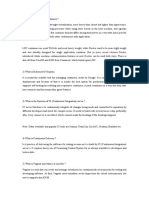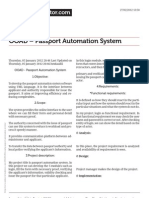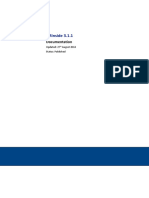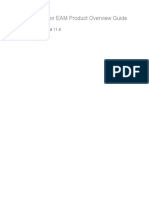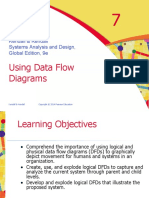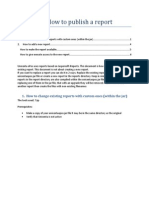0% found this document useful (0 votes)
3 views14 pagesDevOps Interview QA
The document provides a comprehensive list of DevOps interview questions and answers covering key topics such as Git, Ansible, Terraform, Docker, Kubernetes, and AWS services. Each section outlines fundamental concepts, workflows, and best practices relevant to version control, configuration management, infrastructure as code, containerization, orchestration, and cloud computing. This resource serves as a valuable guide for candidates preparing for DevOps roles.
Uploaded by
javedmiddeshaikCopyright
© © All Rights Reserved
We take content rights seriously. If you suspect this is your content, claim it here.
Available Formats
Download as DOCX, PDF, TXT or read online on Scribd
0% found this document useful (0 votes)
3 views14 pagesDevOps Interview QA
The document provides a comprehensive list of DevOps interview questions and answers covering key topics such as Git, Ansible, Terraform, Docker, Kubernetes, and AWS services. Each section outlines fundamental concepts, workflows, and best practices relevant to version control, configuration management, infrastructure as code, containerization, orchestration, and cloud computing. This resource serves as a valuable guide for candidates preparing for DevOps roles.
Uploaded by
javedmiddeshaikCopyright
© © All Rights Reserved
We take content rights seriously. If you suspect this is your content, claim it here.
Available Formats
Download as DOCX, PDF, TXT or read online on Scribd
/ 14








































